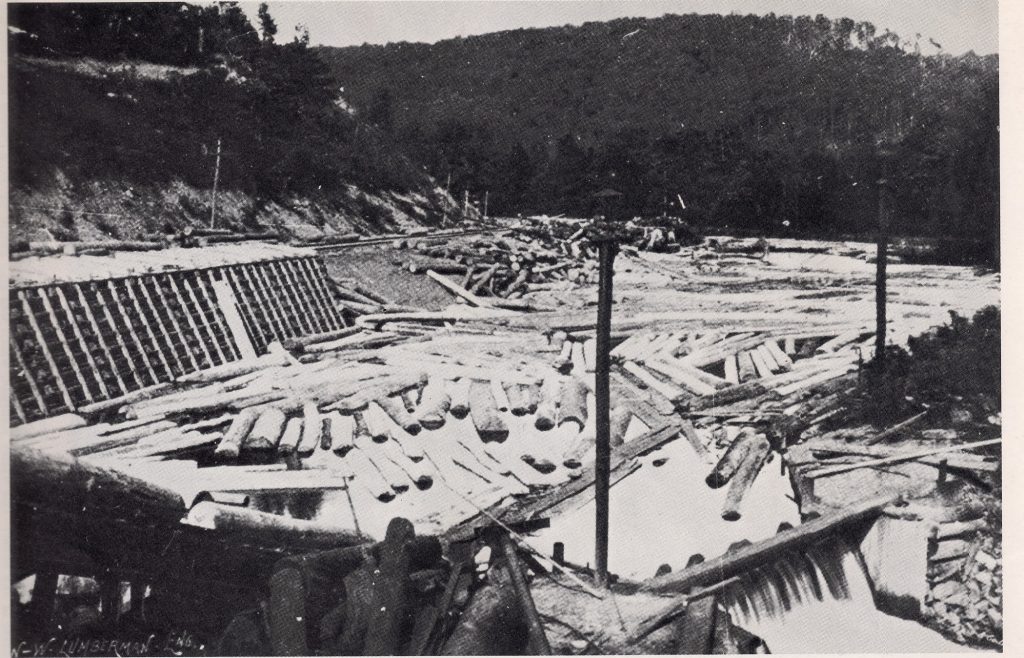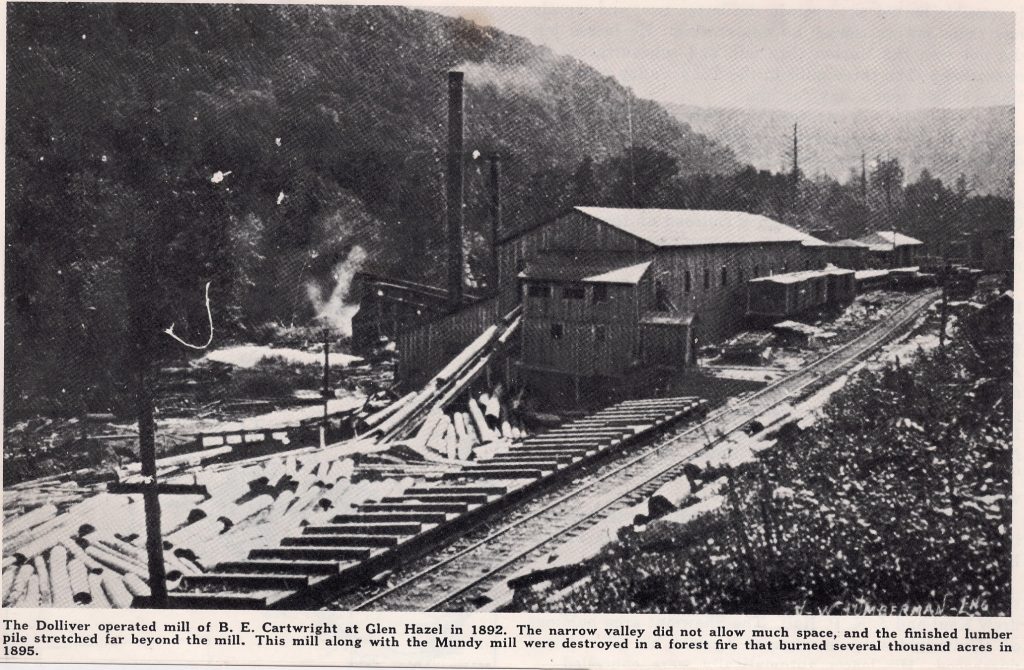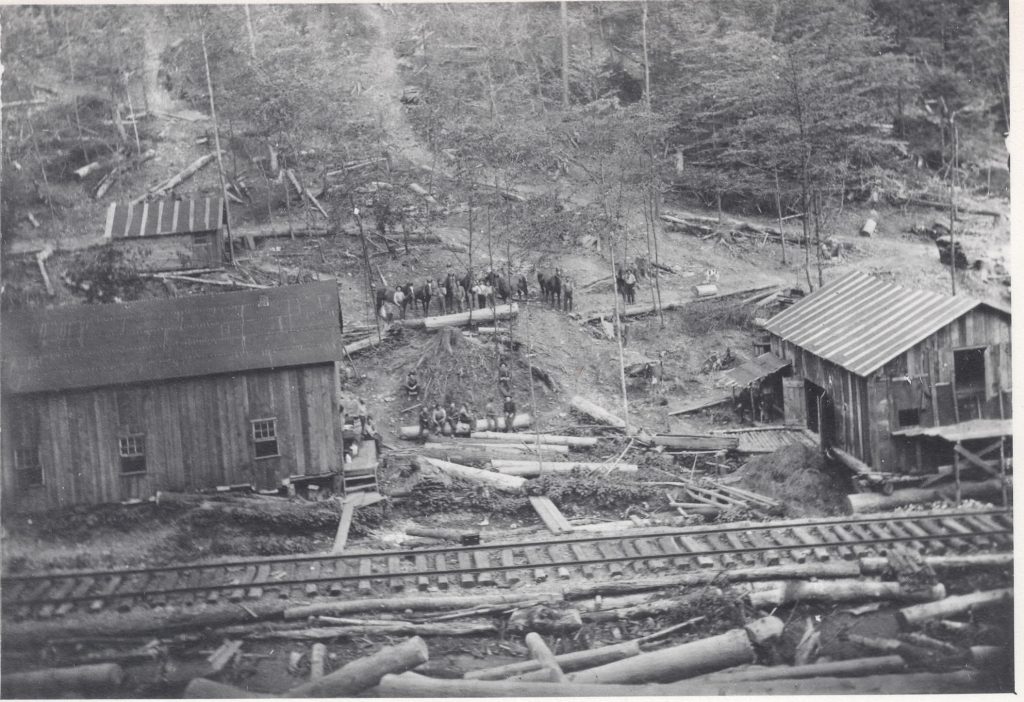Immigrants, leaving Europe on September 8, 1849, arrived and settled to the area today know as Glen Hazel. They were assisted to an American port-of-entry by the Belgian government. Arriving in New York December 19th, 1849 Victor Van Ham, a local entrepreneur, arranged to have the immigrants settle in the area. On December 23, 1849 the workers departed for St. Marys. When arriving in St. Marys they were welcomed with a feast by St. Marys residents on News Years Eve 1849. January 4, 1850 the immigrants departed St. Marys and traveled north to News Flanders by foot 8 miles only to find one large house, that being owned by Mr. Van Ham. The immigrant pioneers attempted to establish a colony here of glass workers and eventually established the settlement first given the name of “New Flanders”.
Soon realizing the failure of the settlement and harsh living conditions the workers later found work elsewhere at the lumber mills in Elk and Jefferson County. Most of the original 57 immigrants later moved to the Brookville area.
It wasn’t until 1888 that Ben F. Hazleton began construction of a lumber mill at the confluence of Crooked Creek and the East Branch near the St. Marys / Olean Turnpike. It was at this location that Thomas Kane, a few years earlier, had erected a small sawmill.
Hazleton soon renamed the town “Glen Hazel”. Soon workers began to settle in the village. By 1891, Hazleton hired a surveyor by the name of J. L. Brown to layout the village building lots and streets. People started coming to the area building stores and homes for their families. In July of 1891, the Post Office was moved from Ketner to Glen Hazel. The St. Marys / Olean Turnpike was designated as the main thoroughfare thru the town. By 1892, Glen Hazel was one of the largest settlements in northeast Elk County. There were several stores, offices, a freight station, restaurants, and jewelry stores.
Prior to World War II, the area even had a privately owned airstrip located just north of Middle Fork.
The village boasted of a well-tuned brass band and had it’s own baseball team, each competing with other nearby towns.
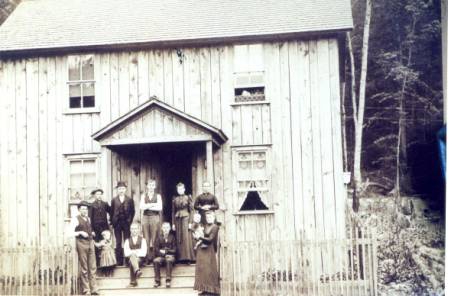
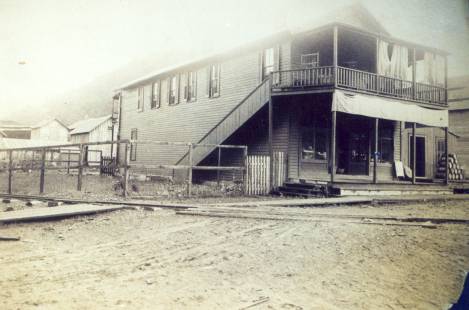
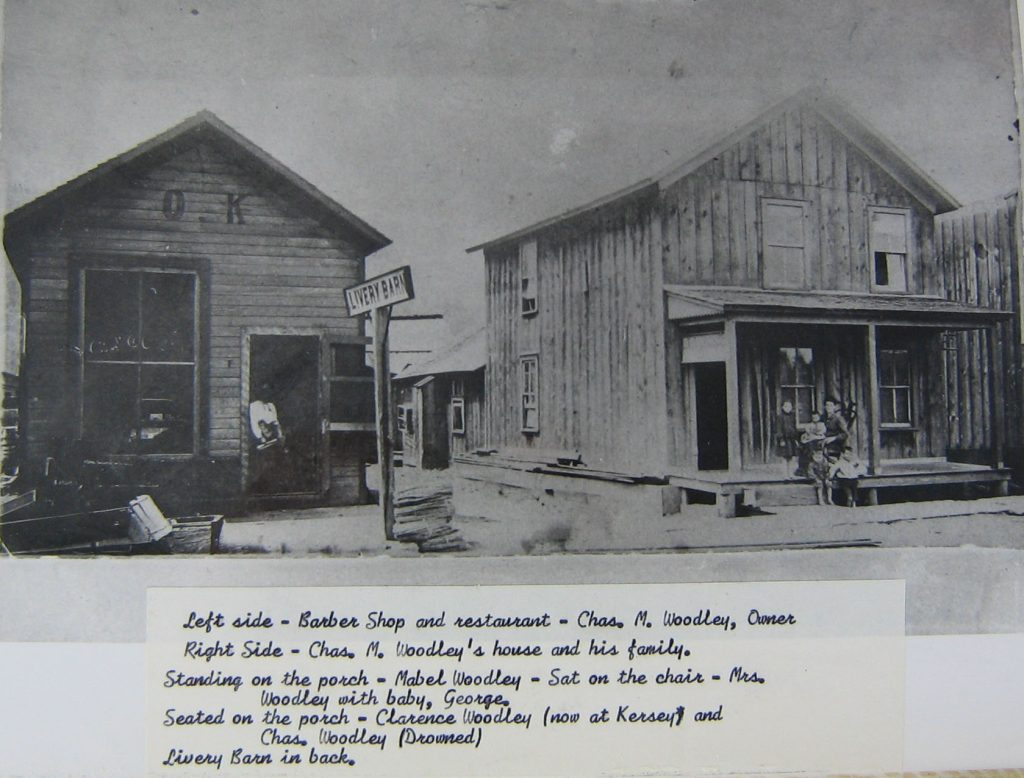

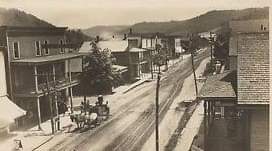
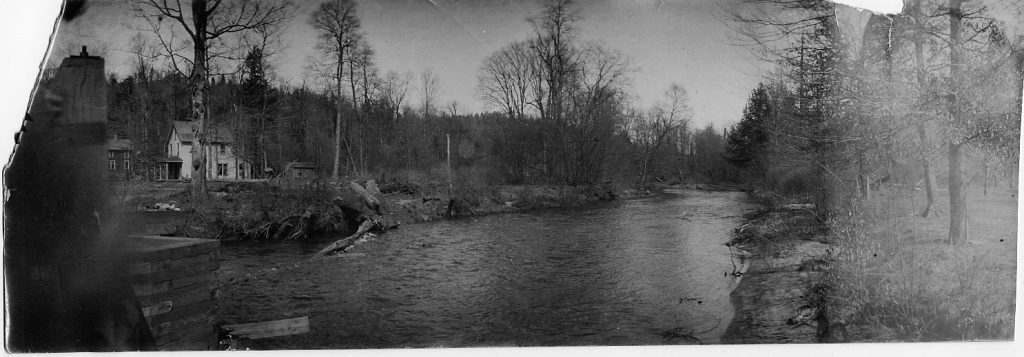
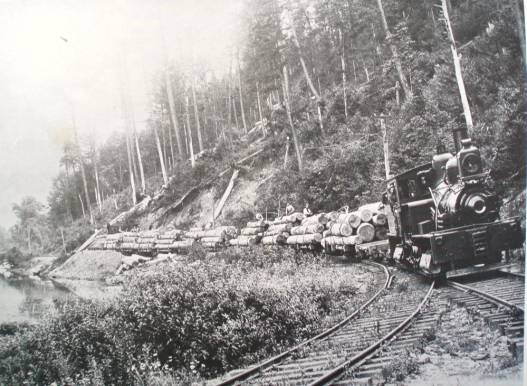
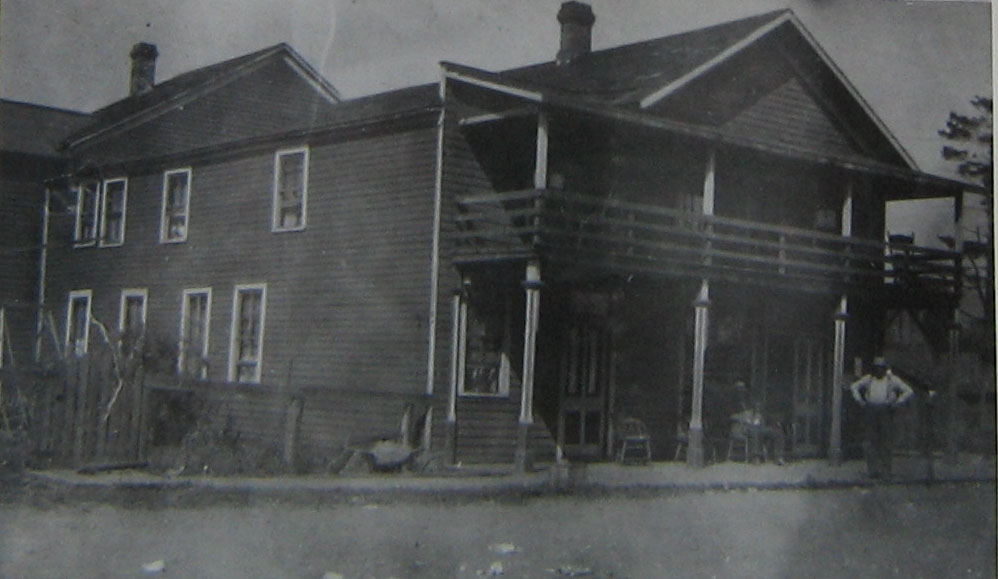
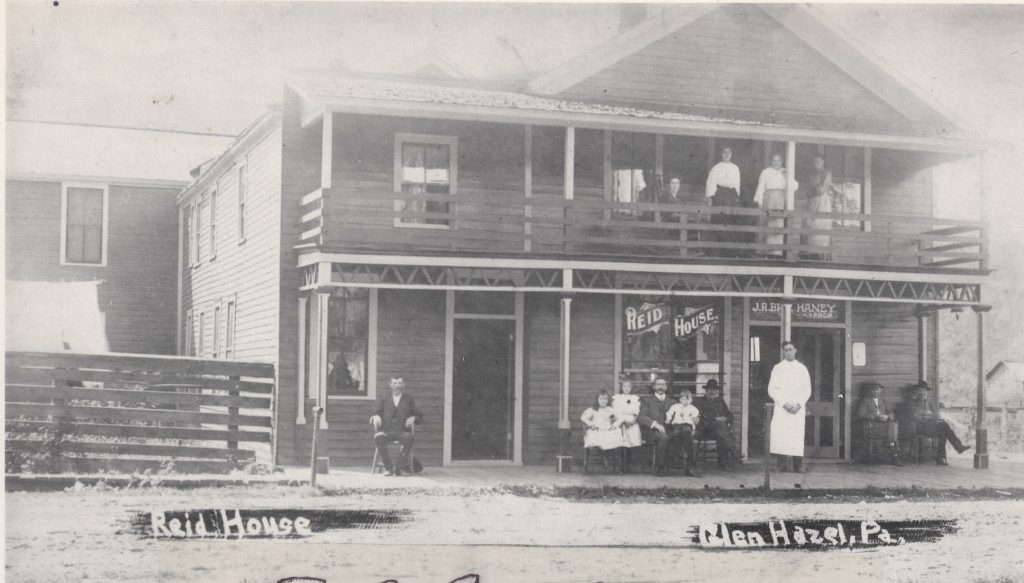
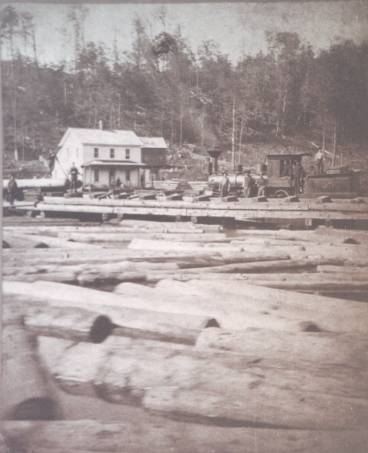
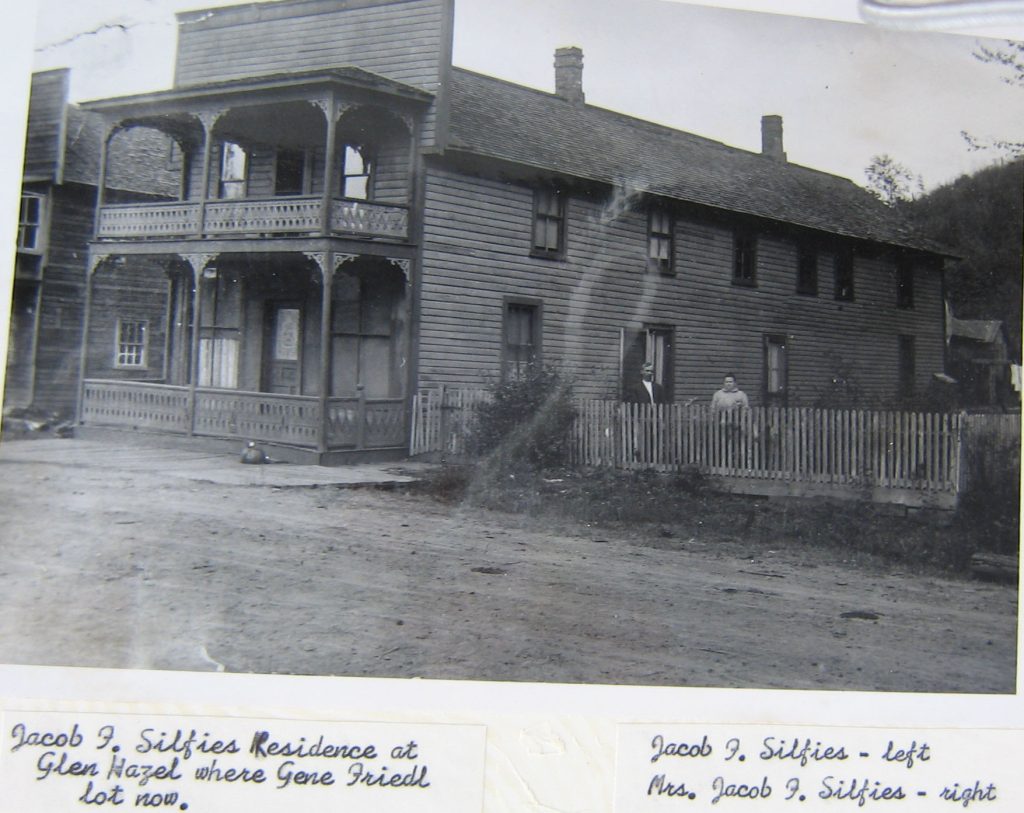
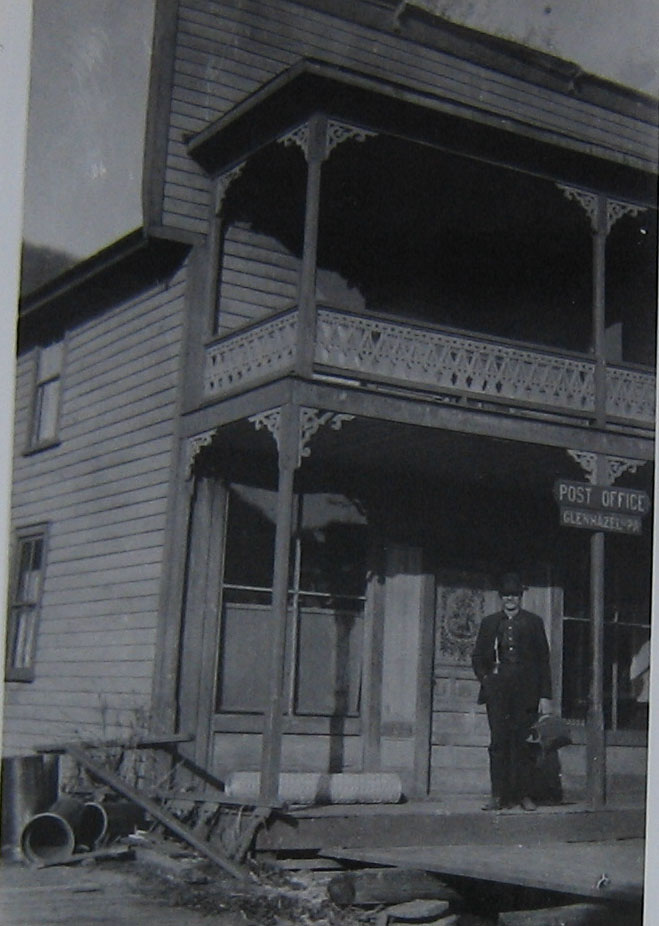
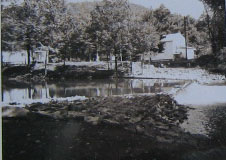
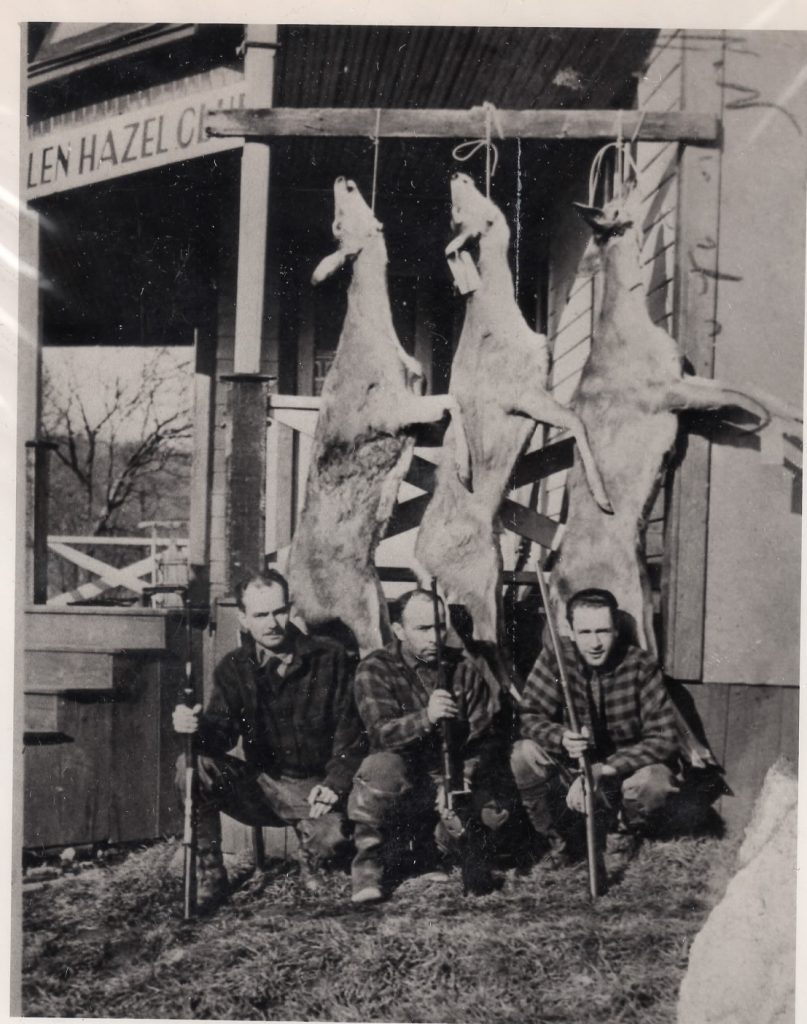
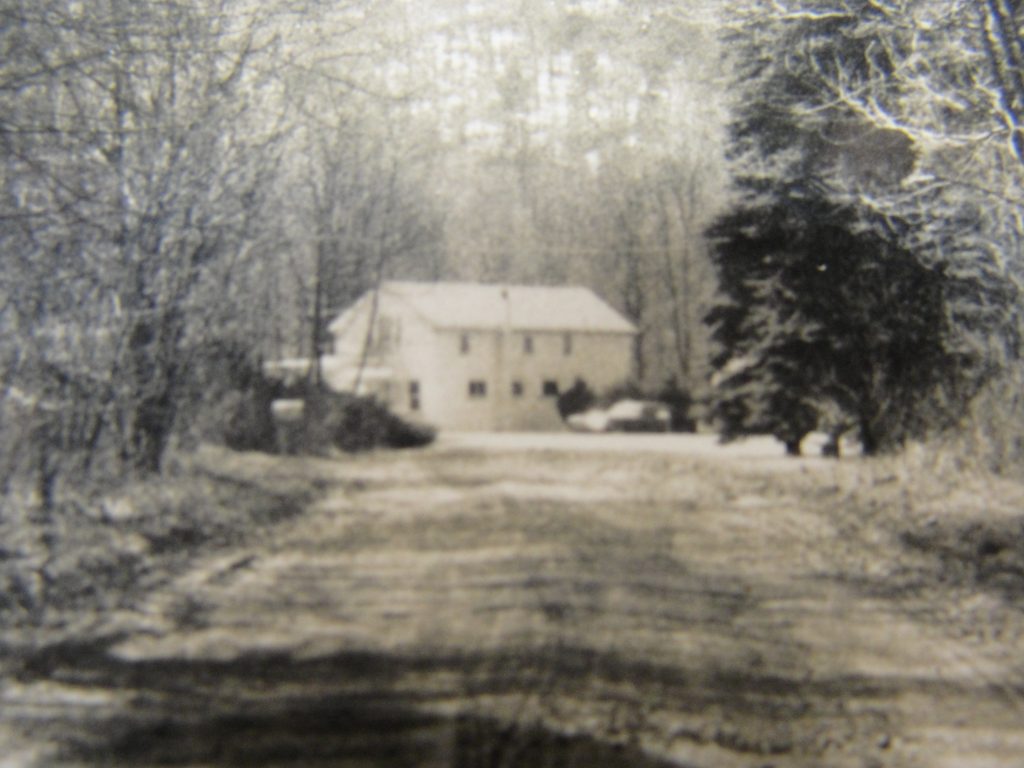
Soon the area would see development of other timbering operations, including several wood chemical factories. These chemical factories would convert smaller logs into charcoal, methanol (wood alcohol), and acetate of lime or acetic acid. They utilized the smaller diameter hardwood that lumber mills had no use for.
The basic process was to heat, in the absence of oxygen, the wood to a very high temperature that would drive off its chemicals, via smoke, and turn the remaining wood to charcoal. The smoke would be cooled in a vessel called a “retort” or still. The chemicals were treated so as to produce methanol and acetate of lime. The charcoal was cooled, and most of it subsequently sold to iron producers in Pittsburgh. Charcoal was important because it contained no sulphur, as did coal. Sulphur is detrimental to nickel and chromium so that high grade steels and stainless steel had to be smelted by charcoal.
The Clawson Chemical Company built a sawmill as well as a chemical plant near Middle Fork and had their offices in Glen Hazel. The plant was located just north of Glen Hazel at the mouth of Middle Fork. This was the only facility to utilize the new “jumbo retorts” patented by the Quinn’s. Quinn introduced his jumbo retorts into the Lackawanna Chemical Company plant at Straight, a few miles north of Glen Hazel.
Oil & gas fields were also developing in the area, and still continue to do so today. A large machine shop was located on the east side of Main Street in Glen Hazel. Here the David Manufacturing Co. erected a two-story structure that also contained a plumbing and pipe business. An 18-mile pipeline was installed from the Pumpkin Hill oil fields to Kane, which transported the oil to refineries in Warren. A spring was developed on the west hillside of Dutch Hollow to supply water not only to the town residents, but also to provide steam for the large pumping stations needed to move the oil. Today, this spring still serves about 25-30 residents and camps in the area.
Tragedy struck the Glen Hazel in the spring of 1895. A forest fire developed along the railroad between Glen Hazel and Ketner destroying the Weed sawmill as well as another mill owned by Kaul & Hall from St. Marys. The forest fire also destroyed about twenty-acres and over five million feet of stacked lumber.
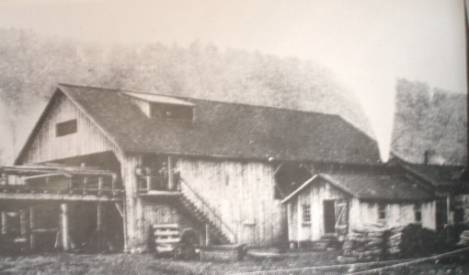
Fire had struck the community several times prior the great forest fire. On December 3, 1891 two general stores, the barbershop, five-cent store, drug store and two houses burnt. On March 16, 1893 the railroad depot and freight station and another general were destroyed by fire. Then on July 19, 1894 nine homes and a sawmill, along with eleven million board feet of lumber were destroyed. Other fires destroyed a restaurant, meat market, jewelry store, a laundry building, doctor’s office, and a large storage building.
Most all buildings built at the time were constructed of the native hemlock. With a limited supply of water, fire often raged out of control.
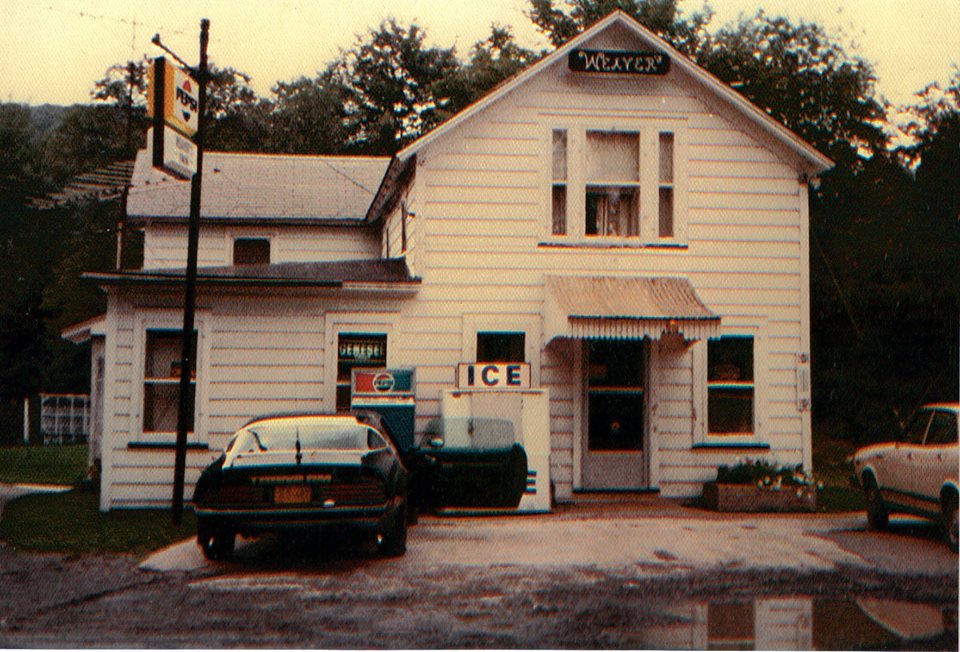
Very little, if any, of the original town exists today. A few families still reside in the village. The only commercial business still operating is the Dam Inn (formerly Weavers) that is currently owned by Don Wenner and still provides a great meal, a cold beer and weekly entertainment. Kliaber’s Kabins once provided lodging and accommodations at several camps / rental cabins for visitors and tourists from all over the world. Although no longer in business, tourists form as far away from Germany and Japan have stayed here to enjoy the outdoor opportunities Jones Township has to offer.
Middlefork
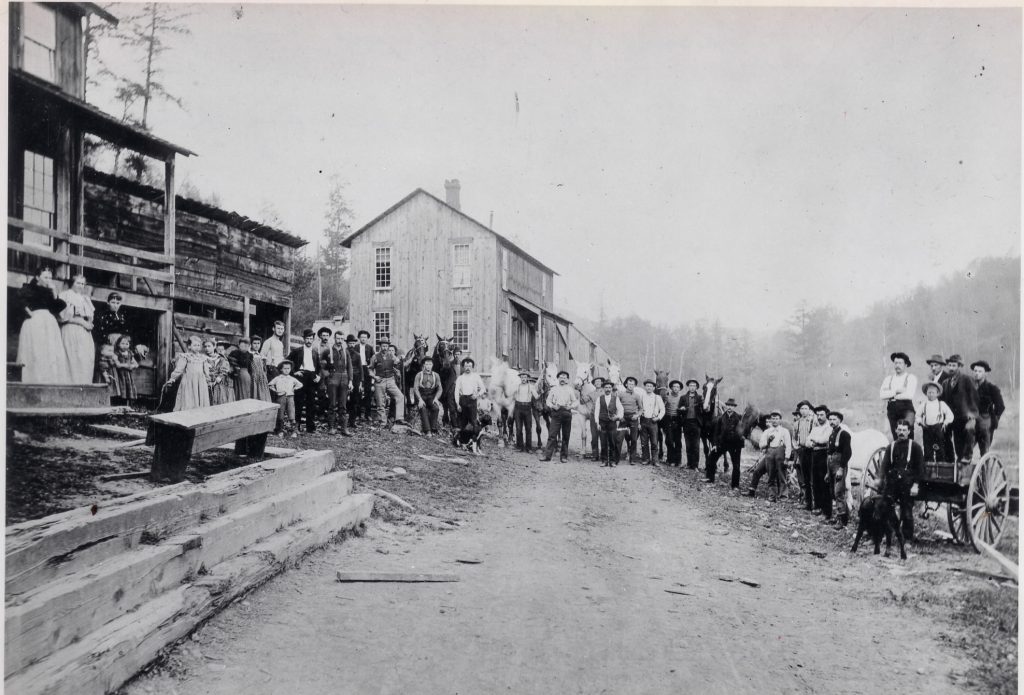
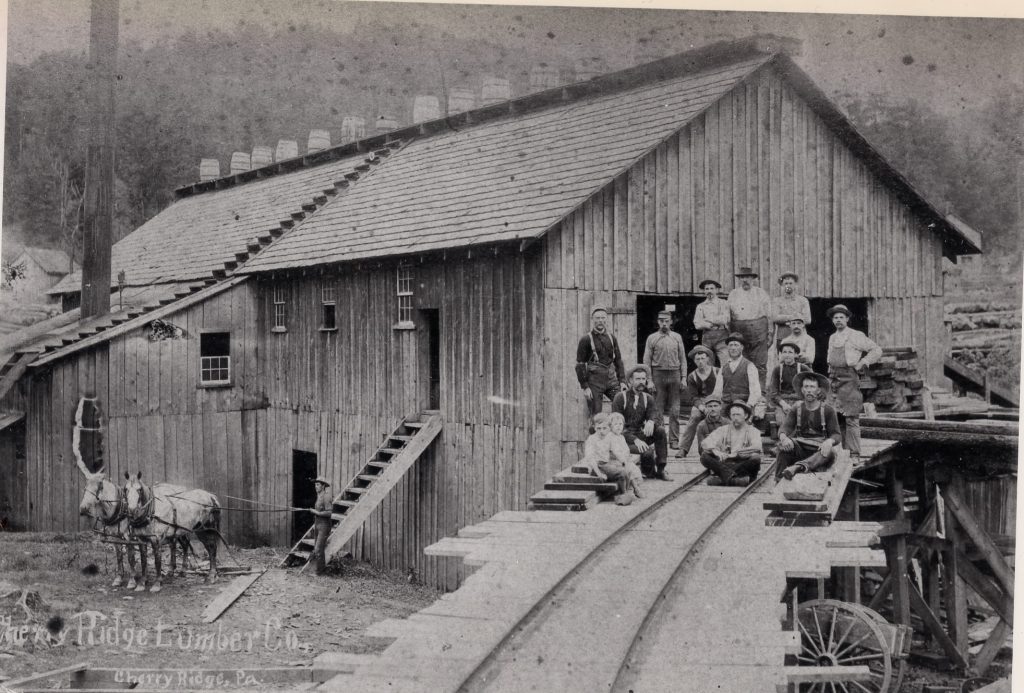
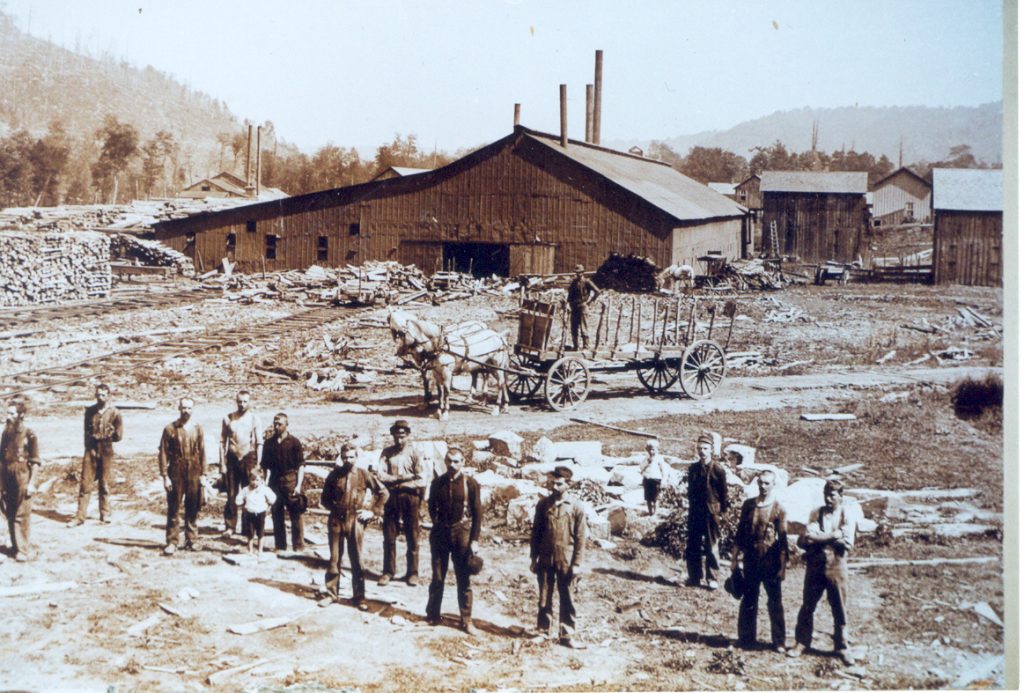
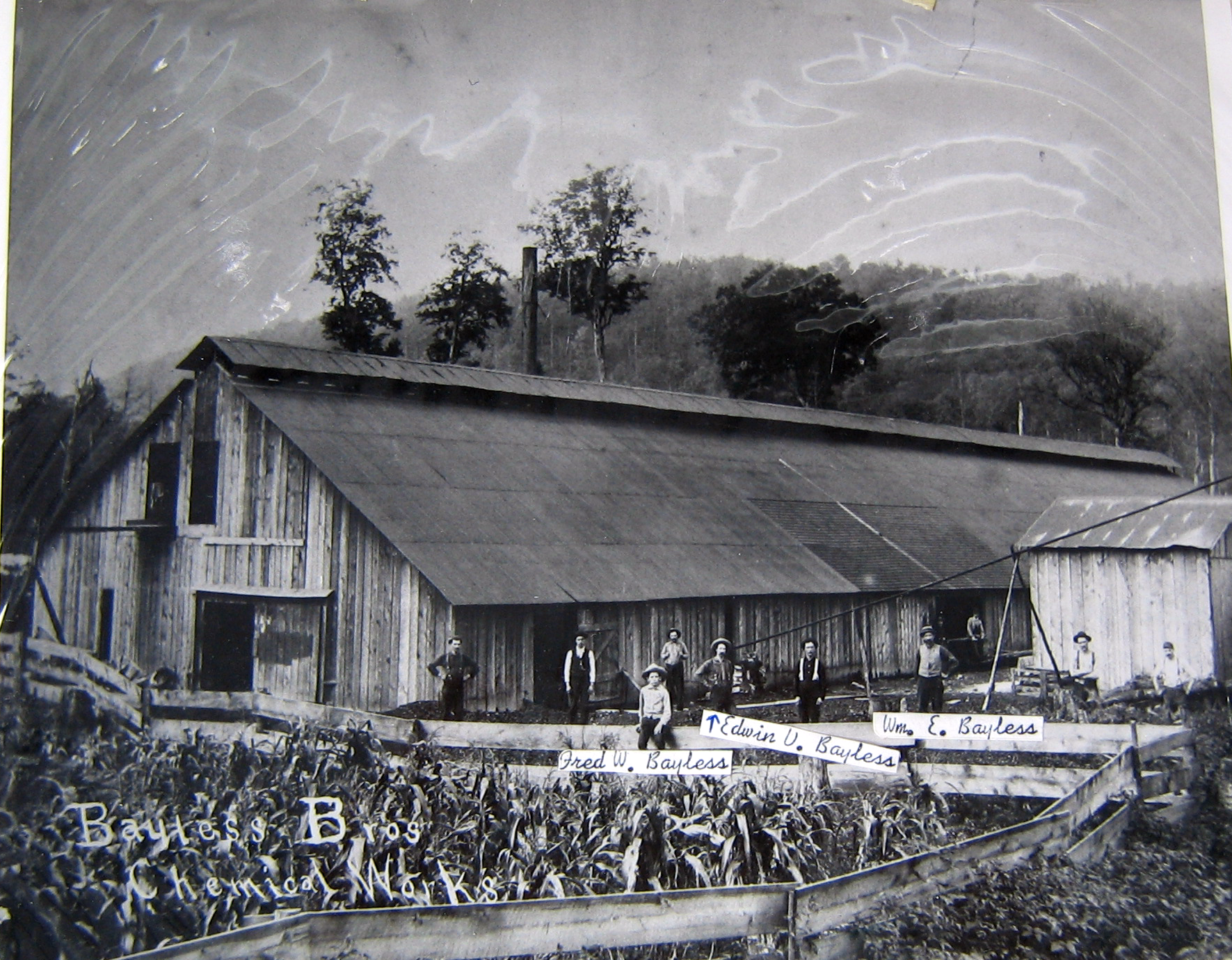
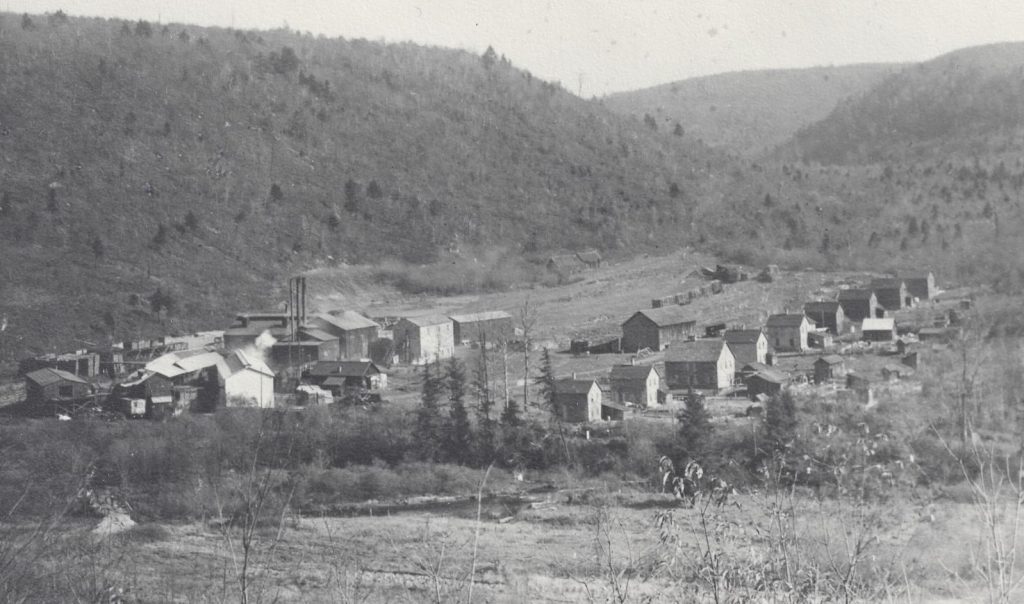
The First State Game Lands:
As the timber became in short supply, the wood factories and sawmills began to close up shop. The Pennsylvania Game Commission in 1920 purchased 6288 acres from the former Wright Chemical Co. Most of the now barren land will be used as State Game Lands and is now known as SGL #25-A. This tract of state land was the very first purchase of land by the state Game Commission. These state lands were originally established to provide a wildlife refuge area. A monument stands in Glen Hazel dedicating this purchase.
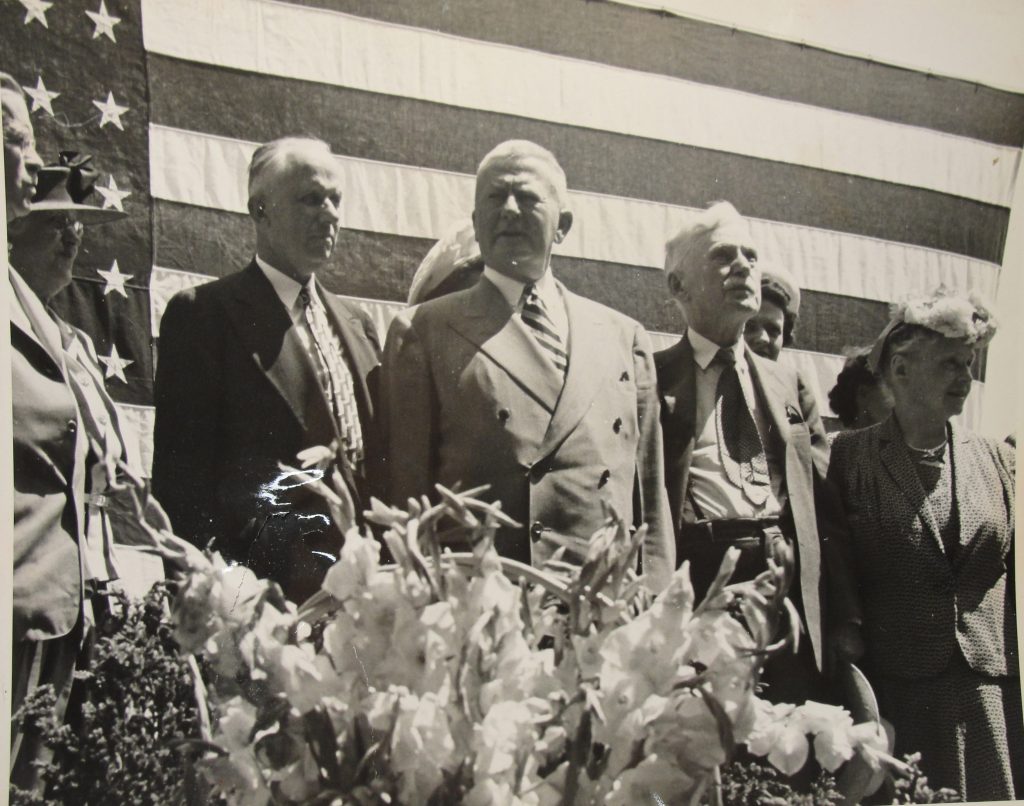
left to right – two standing -unknown – PGC Director Ross Leffler, Governor James H. Duff, John Phillips – Mrs. James Phillips dedicate the first state game lands purchase. Dr. M. L. Kilgus, Game Commissioner from Brockway, served as master of ceremonies. August 1, 1948
John Phillips, who at the age of 87, was described “the grand old man of Pennsylvania conservation and considered as the father of the state-wide system of state game lands”. According the August 3, 1948 edition of the Pittsburgh Post Gazette, over 500 persons from all across the state were on hand to pay homage to the 87-year old Mr. Phillips.
The Game Commission constructed a utility building and a residence for the the Elk County District Game Protector in charge of the game refuge. Mr. John Seifert was the first Game Warden assigned to the project, later Vern VanOrder occupied the game warden’s residence.
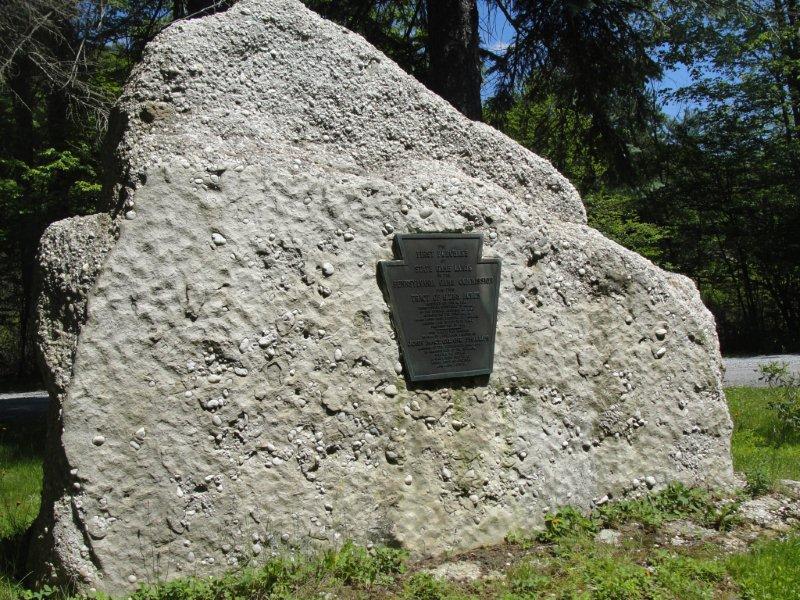
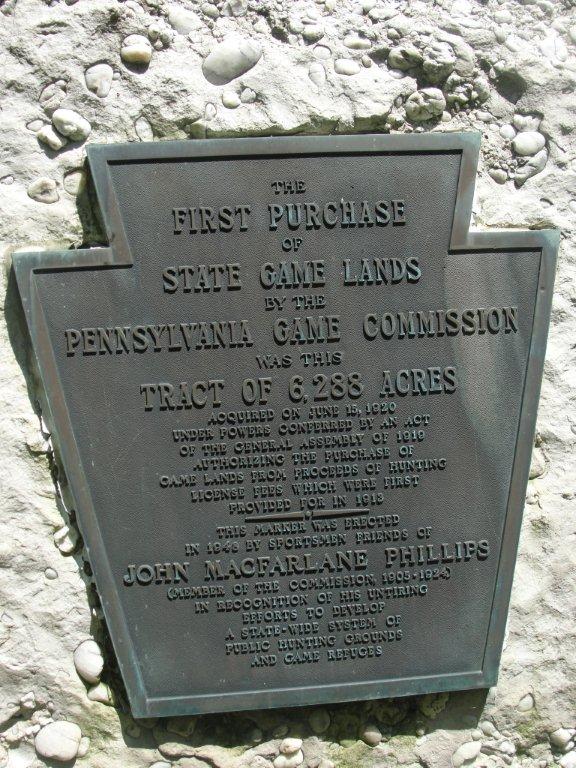
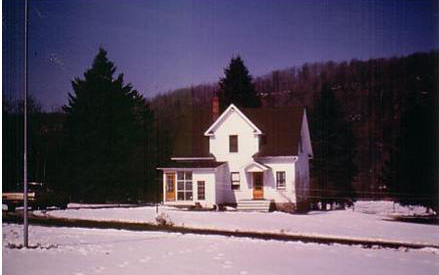
. At that time, the residence was occupied by Bob Rea and his family. Mr. Rea was also employed by the Game Commission as the Game Refuge Land Manager.
The above three photos were provided courtesy of Caroline (Rea) Seguin.
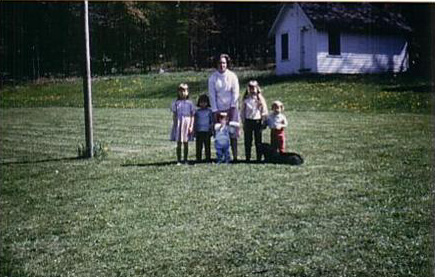
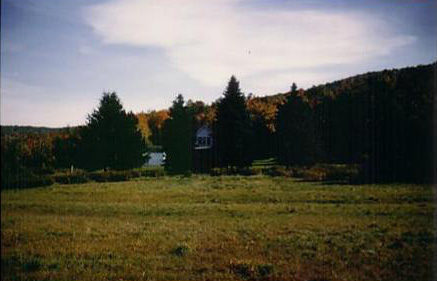
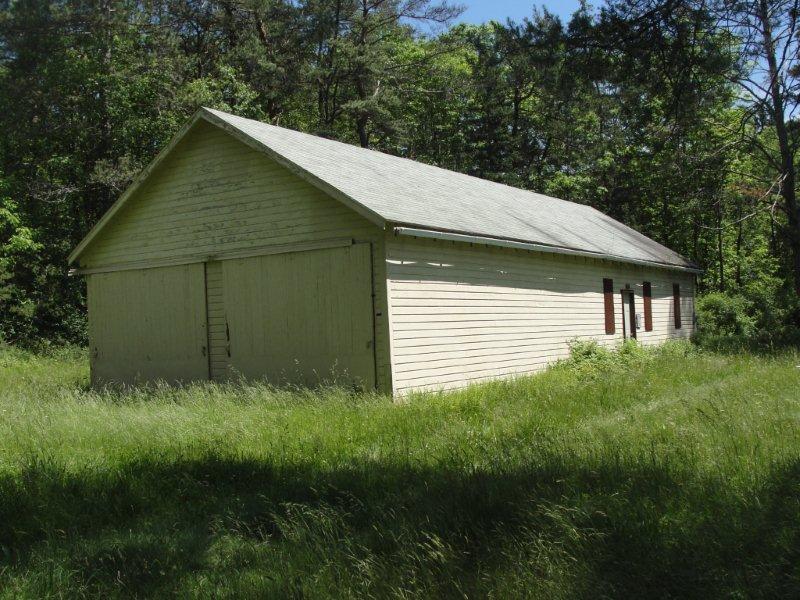

Mr. Seifert, one of the game refuge keepers, was also the original owner of Seifert’s Inn in Glen Hazel. This establishment has been known under various ownerships and different names as well, including Weavers Inn owned by John & Jane (Seifert) Stanton then the East Branch River Restaurant and currently the Dam Inn. The original Inn was gradually demolished and replaced with the current structure in the late 1980’s.
The area further developed recreationally with the development of Bendigo State Park and, in 1948, the Federal Government began construction of the East Branch Lake, just above Glen Hazel.
Very little, if any, of the original town exists today. A few families still reside in the village. The only commercial business still operating is the Dam Inn that is currently owned by Don Wenner and still provides a great meal, a cold beer and weekly entertainment. Kliaber’s Kabins once provided lodging and accommodations at five camps / rental cabins for visitors and tourists from all over the world. Although no longer in business, tourists form as far away from Germany and Japan have stayed here to enjoy the outdoor opportunities Jones Township has to offer.
